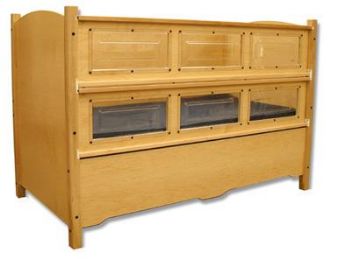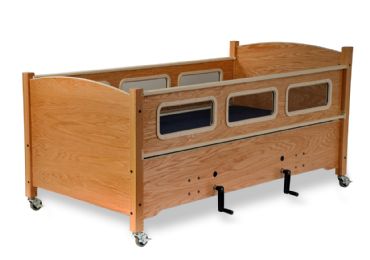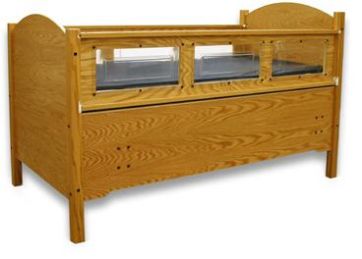











.jpg&newheight=260&quality=80)











Utilized by individuals with a range of conditions and requirements, safety beds are tailored to accommodate those with mobility challenges, cognitive impairments, or a propensity to wander. They are commonly used for individuals with autism, cerebral palsy, epilepsy, or developmental disabilities, as well as elderly individuals who may be prone to falls due to age-related factors. Safety beds provide an added layer of security for both users and caregivers, ensuring a peaceful and worry-free sleep experience.
Safety beds are found in multiple settings, depending on the needs of the user. They are commonly used in residential homes, where they can be seamlessly integrated into bedrooms to provide a safe and comfortable sleep environment for individuals with special needs. Additionally, safety beds can be found in specialized care facilities, such as group homes, assisted living communities, or nursing homes, where they offer a valuable solution for residents who require extra protection while resting or sleeping. In some cases, safety beds may also be utilized in hospitals or rehabilitation centers to support patients during their recovery.
Safety beds represent a significant advancement in sleep solutions for individuals who require additional protection and support during rest periods. Through their robust construction, secure enclosures, and padded surfaces, these specialized beds minimize the risk of falls, entrapment, and injuries while promoting a restful and comfortable sleep experience. By catering to the unique needs of their users, safety beds foster a sense of independence, dignity, and peace of mind for both individuals and their caregivers. Whether integrated into a residential home or a specialized care facility, safety beds are a vital tool in enhancing the quality of life for those who face challenges during their slumber.